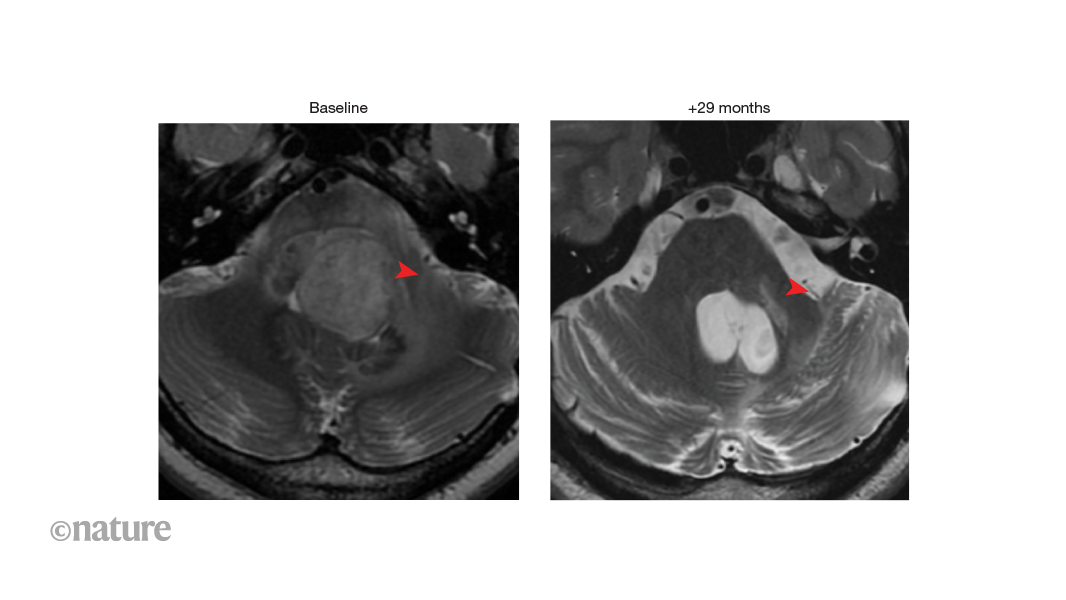
WWW.ARCHDAILY.COM
Cultivating Green Apartments: A Guide to Integrating Nature in Small Urban Spaces
Cultivating Green Apartments: A Guide to Integrating Nature in Small Urban SpacesSave this picture!Madreselva Building / Vicca Verde. Image Per ThomasUrban living has become synonymous with limited space and creativity for compact apartments. As cities become more dominated by concrete and steel, there is an exciting, yet unsurprising, rise in interest in embracing the green thumb, even within the constraints of a dense urban environment. This interest is not purely to tend aesthetic tastes, as studies consistently show that exposure to nature reduces stress, improves focus, and enhances overall well-being. However, in dense urban environments, the challenge lies in finding innovative ways to make this vision a reality for apartments where every inch matters.Architects, interior designers, and residents are rising to this challenge by reimagining how vegetation can be integrated into the smallest of urban residences. From vertical gardens to balcony terraces, greenery continues to mold how we experience city living. Shared spaces in these contexts, such as rooftop gardens or interior courtyards, can elevate an individual's health and foster a sense of community with neighbors. These creative solutions demonstrate that greenery is not just a decorative element, but can play an essential component in a healthier, more sustainable lifestyle.In addition to the mental and physical health benefits, bringing vegetation into urban apartments addresses pressing environmental concerns. Rising temperatures and air pollution in cities make plants more vital than ever, offering natural cooling, filtering the air, and a haven for biodiversity. Through biophilic design principles, which increase occupant connectivity to the natural environment, urban spaces are evolving through direct and indirect relationships to greenery. By rethinking how we live with greenery, we can transform urban apartments into thriving, verdant spaces that connect us to nature in profound and lasting ways. Related Article Green Walls, Trellises, Flower Displays and Plant Pots: Integrating Vegetation Indoors Vertical Gardening: Maximizing Functionality in Compact SpacesSave this picture!Urban apartments often struggle with limited floor space, but one powerful way to bring nature indoors is to grow plants upwards. Vertical gardening maximizes wall space, without overcrowding valuable floor space. For those hesitant to commit to large-scale installations, wall-mounted shelves can house small pots, adding layers of greenery to any room. Be sure to choose lightweight materials for planters and mounting systems to ensure easy maintenance and safety, especially in rental apartments. Whether you opt for built-in plant walls, hanging planters, or wall-mounted shelves, vertical gardening adds personal vibrancy to interiors and maximizes the functionality of compact spaces.Consider creating modular systems that grow upwards, personalized with plants of various heights and textures. Self-watering systems or hydroponic solutions ensure easy maintenance, while climbing plants like ivy or jasmine can add layers of depth and a sense of natural enclosure. Alternatively, hanging planters or suspended macram baskets can host trailing plants like pothos or ivy. Another space-saving option is tall, slender plants such as snake plants or bamboo palms, which draw the eye upward while taking up minimal horizontal space. Vertical gardening not only brings greenery inside but serves as an effective way to provide natural air filtration and insulation.Window and Balcony Gardens: Designing Underutilized SpacesSave this picture!Windows and balconies are natural focal points for greenery in urban apartments. With ample light, these spaces can become thriving environments for many species of plants, in many regions around the world. To make these areas adaptable, choose modular or mobile setups that can be rearranged with changing seasons or light conditions. When it comes to maximizing small spaces, windowsills and balconies are often underutilized. However, with clever design and intentional care, even compact windowsills and balconies can become green centerpieces for the home.For windows, consider installing slimline shelves or hanging racks to hold an assortment of plants. Sun-loving species like succulents or cacti thrive here while trailing varieties like a string of pearls create an enchanting cascade effect. Windowsills can house small potted plants such as herbs or succulents, offering both aesthetic and practical benefits. Herbs like basil, rosemary, mint, or thyme can be grown within arm's reach for culinary use.Balconies, no matter their size, offer even more opportunities for creative gardening. Use stackable planters, vertical trellises, or railing-mounted pots to create lush, layered arrangements. Compact options like lavender, small ornamental grasses, or climbing jasmine work beautifully, providing color, texture, and even fragrance. For those with limited outdoor access, transform balcony corners into a mini-greenhouse with glass enclosures, allowing plants to thrive even in colder months.Interior Courtyards and Roof Gardens: Collective Care in CitiesSave this picture!Greenery should not be confined to individual apartments. Architects and designers can encourage community building by incorporating shared garden spaces into apartment complexes and residential blocks to be cultivated, maintained, and enjoyed collectively. For larger apartment buildings, interior courtyards, rooftop spaces, or open-air atriums provide opportunities to bring greenery to urban routines and act as a catalyst for communal activities.Interior courtyards and atriums, for example, offer a wonderful opportunity for communal greenery in dense urban centers. These shared spaces can house potted trees, climbing plants, or even small vegetable gardens, serving as a focal point for social interaction and relaxation. Rooftop terraces, another underutilized urban space, can double as lush communal gardens. Here, residents can cultivate herbs, flowers, or even small crops while enjoying expansive city views.Shared gardens also encourage collaboration among neighbors, turning greenery into a community-focused project. In designing these areas, consider incorporating natural elements like seating areas, water features, or even edible gardens that foster community engagement. These green spaces don't just enhance the aesthetics of a building as they contribute to the mental and physical well-being of its inhabitants. Thoughtfully designed courtyards can also help regulate the building's microclimate, reducing the heat island effect that's common in dense urban environments. By thinking beyond individual apartments, shared gardening solutions bring nature closer to everyone.Biophilic Design: Intentional Experiences with NatureSave this picture!Biophilic design is a growing trend in interior design, one that seeks to create a deeper connection to nature by incorporating elements like natural light, water, and organic materials into the built environment. However, this interest is not only concerned with the aesthetic approach. This approach extends beyond adding plants; it involves weaving nature into the very fabric of a space.To embrace biophilic principles, consider pairing greenery with natural materials like stone, wood, and linen for a harmonious, organic atmosphere. Plants should be strategically placed to serve functional purposes, such as reducing noise levels, dividing spaces, or improving indoor air quality. For example, peace lilies and spider plants are not only visually appealing but also excellent at filtering toxins from the air. Technology can also enhance the experience. Smart planters with automated irrigation systems and app-controlled light monitors make plant care effortless for busy residents and new green thumb enthusiasts.When designing the interior of urban apartments, introduce fractal patterns, flowing curves, and plant-inspired textures in the design to encourage a sensory connection with the natural world. These principles can be seamlessly integrated into compact spaces, where seemingly minute design choices, like selecting furniture or wall treatments, transform the space.Cultivating Urban Life: the Big PictureSave this picture!Designing with greenery in mind is more than a passing trend; it is a necessity for creating sustainable, livable urban environments. As cities grow taller and denser, the presence of plant life in residencies cannot be underestimated as an antidote to the stresses of modern living but as a transformative element that redefines how we experience space. Whether through vertical gardens, shared courtyards, or biophilic interiors, even the smallest design choices can yield profound benefits for individuals and communities alike.For architects, designers, and planners, integrating greenery into apartments is more than an aesthetic enhancement; it is a powerful tool for fostering health, sustainability, and social connection. The future of urban living is undeniably green. Through thoughtful and creative approaches, the smallest apartments can transform into thriving, vibrant spaces. In doing so, residents cultivate more than just plants; they reshape the urban fabric, providing refreshing and needed alternatives for a sustainable and livable future.Image gallerySee allShow lessAbout this authorOlivia PostonAuthorCite: Olivia Poston. "Cultivating Green Apartments: A Guide to Integrating Nature in Small Urban Spaces" 19 Jan 2025. ArchDaily. Accessed . <https://www.archdaily.com/1025364/cultivating-green-apartments-a-guide-to-integrating-nature-in-small-urban-spaces&gt ISSN 0719-8884Save!ArchDaily?You've started following your first account!Did you know?You'll now receive updates based on what you follow! Personalize your stream and start following your favorite authors, offices and users.Go to my stream
0 Reacties
0 aandelen
163 Views











